
The West Announces $600B Plan to Combat China’s Debt-Trap Diplomacy
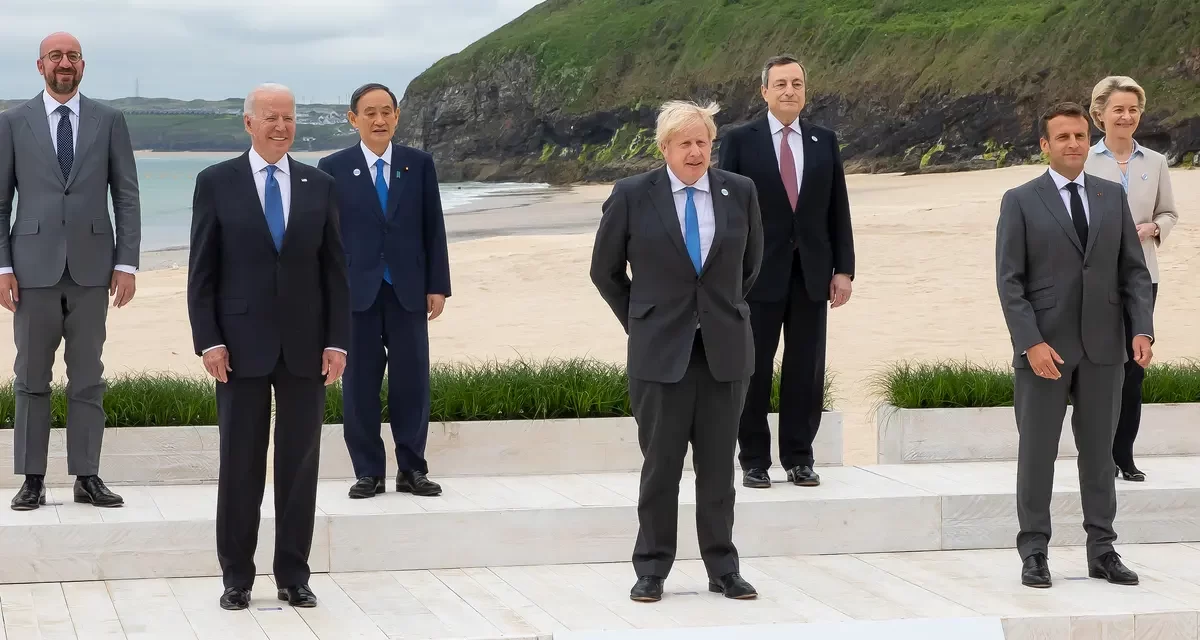
The Group of Seven (G7) nations last week pledged $600 billion to help fund infrastructure projects in developing nations as China continues to utilize debt-trap diplomacy to increase its global influence.
The G7’s Partnership for Global Infrastructure and Investment (PGII) is largely a response to China’s Belt and Road Initiative – a global infrastructure development strategy launched by the Chinese government in 2013. The project, which seeks to create a modern version of the historic Silk Road trade route, involves more than 100 countries and international organizations. The true purpose of the initiative is to weaponize debt in order to expand Beijing’s reach. Essentially, China loans money to a country to build something expensive like a port facility knowing full well that the country will never be able to repay its debt. When the country defaults, China repossesses the facility and uses it for its own purposes.
“Developing countries often lack the essential infrastructure to help navigate global shocks, like a pandemic, so they feel the impacts more acutely and they have a harder time recovering,” said President Joe Biden. “That’s not just a humanitarian concern, it’s an economic and a security concern for all of us.”
The United States plans to contribute at least $200 billion towards the G7 project over the next 5 years, added Biden, to help low-income nations enter the digital age, fight future pandemics, improve gender equity, and prepare for climate change.
“I want to be clear. This isn’t aid or charity. It’s an investment that will deliver returns for everyone,” said Biden, adding that the funds will allow recipients to “see the concrete benefits of partnering with democracies.”
Europe aims to provide $316 billion and Japan has pledged to contribute $65 billion.
Flagship projects include:
- A solar development project in Angola
- A vaccine manufacturing plant in Senegal
- A modular reactor in Romania
- A 1,000-mile submarine telecom cable linking Singapore to France
- Increased assistance to the World Bank’s global Childcare Incentive Fund
- Financial incentives to help poorer nations move away from coal
The goal of PGII is to “show our partners in the developing world that they have a choice,” said European Commission President Ursula von der Leyen (without explicitly mentioning China).
“Our work on promoting infrastructure globally is also affected by the current geopolitical situation,” noted German Chancellor Olaf Scholz. “We have therefore discussed how our investment globally in climate-neutral and low carbon energy including gas can help us as a temporary response to Russia’ use of energy as a weapon.
—
The Group of Seven consists of the United States, Japan, Italy, Canada, Germany, France, United Kingdom, and the EU. Before now, member states offered less than 0.4% of their combined GNI towards developmental assistance.
PGII is a revamping of the Build Back Better World initiative, which Biden announced at the G7’s summit in 2021.
“What’s happening is that China has this Belt and Road Initiative, and we think that there’s a much more equitable way to provide for the needs of countries around the world,” said Biden in 2021. The G7 initiative will reflect the values of Democratic nations rather than “autocratic lack of values.”
Sources:
G7 launches $600bn infrastructure plan to counter China
G7 unveils $600B plan to combat China’s Belt and Road
G-7 Unveils $600 Billion Global Infrastructure Plan to Counter China’s ‘Debt Trap’ Diplomacy


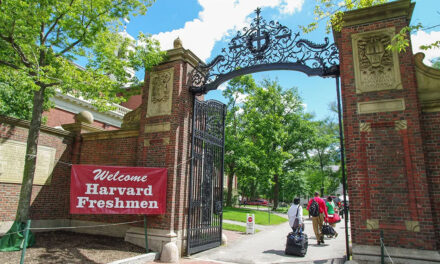


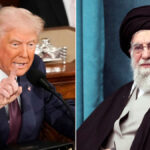
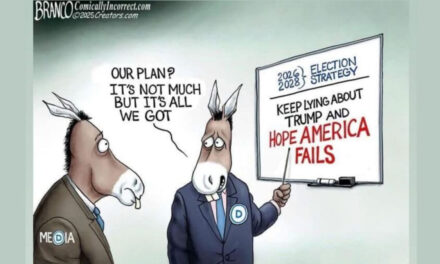








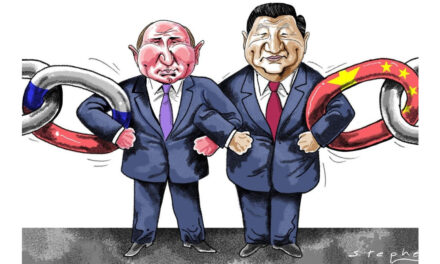





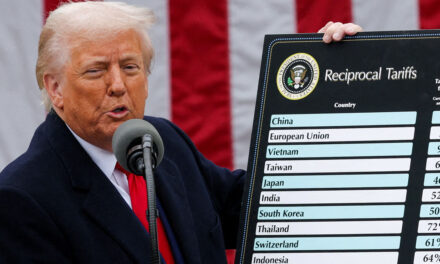


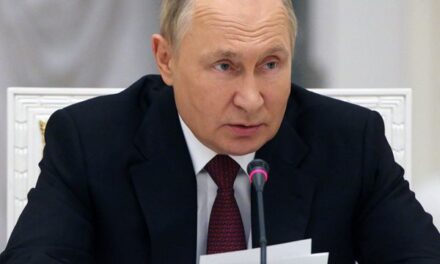
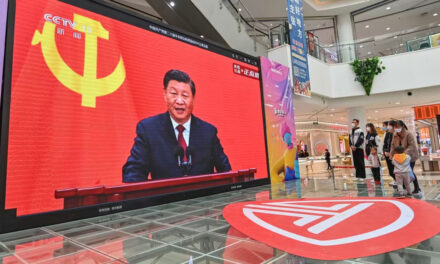
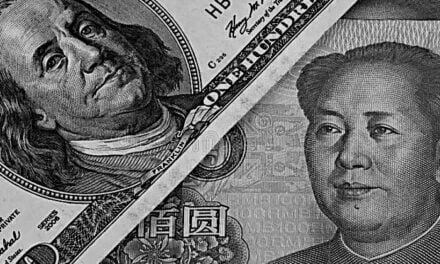
Biden should not have been there. Someone should have taken him on a field trip for senile citizens